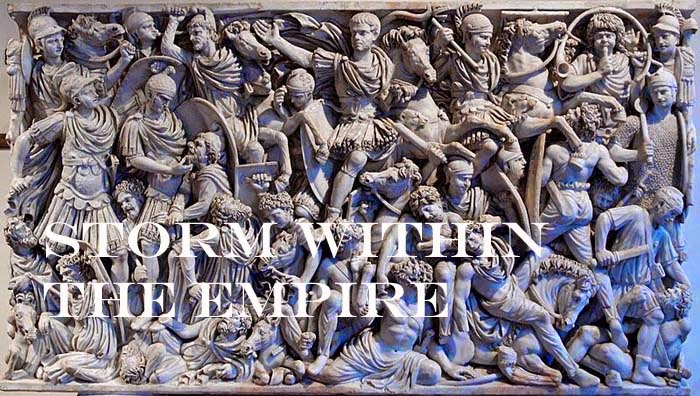To asses which armies to
focus on I decided to test a number of historical pairings that were involved
in the Italian Wars, principally, the French Ordonnance, the Medieval German
and the Italian Condotta. Standard size armies were used in the test but the primary goal is to build double size armies.
Six games were played
with each pairing as this would generate enough variation in deployment, terrain and combat opportunities. This generated some surprising results.
French Ordonnance vs.
Italian Condotta
All six games were quick
lasting an average of three or four turns (25 min.). Both sides made use of their mounted arm and artillery to score three victories. There were a few games where infantry played more that a support role and launched their own assaults. Doing so, they frequently prohibited the artillery to be fully employed. Condotta crossbowmen were 4Cb and not DBE in these tests.
French Ordonnance vs.
Medieval German
Surprisingly most were one sided games,
the French scored five devastating victories. The last two games, the German swapped
their 3Bd for a knight to help their mounted force. This produced a better
match in game five forcing the French to earn their victory. The German sole
win caught the French Ordonnance in an imperfect deployment. The lack lustre performance of the Germans might change by doubling their command size.
Medieval German vs.
Italian Condotta
The Imperial side won the
first match followed by three defeats including the loss of a general in
game four. The combination of Condotta artillery and crossbow played havoc with
the Imperialist shredding their pike block. Game five, the Imperialist,
amassing all their cavalry in one division surprised the Condotta to squeak by
with a narrow victory. To repeat their success, the Imperial troops used the
same deployment, but the Condotta countered this by neutralising Imperial support
troops with artillery and crossbow leaving the Italian mounted to win a decisive victory. One the whole, matches required double the amount of time (50 min.)
to reach a decision.
After 18 games, I paused
for a day and searched the internet for other conflicts set in the years 1490 to
1515. This next match was very interesting.
Kalmar Union vs.
Swedish
Like the French and the
Condotta, these were brisk and fun games. Both sides had equal number of mounted
troops (three elements), but infantry compositions had slight differences to
make each game interesting. The Danes had artillery, pike, spear and fast blade to meet the blade and crossbow of the Swedes. Tight games with many troops locked in
combat for several bounds with the victor edging the opponent out by one.
Further testing will continue
with Poland, Lithuania, Muscovy, Livonia in the east and Portugal and Spain in the west. Certainly after another week of test I should have a better idea of which armies I should focus on and paint up flags.








